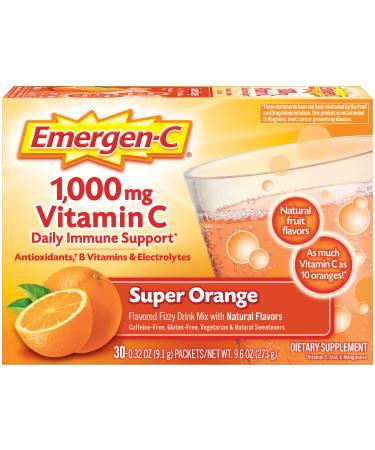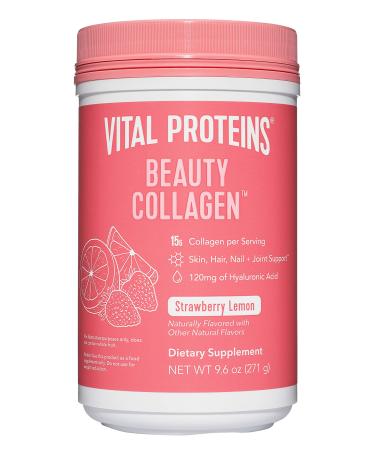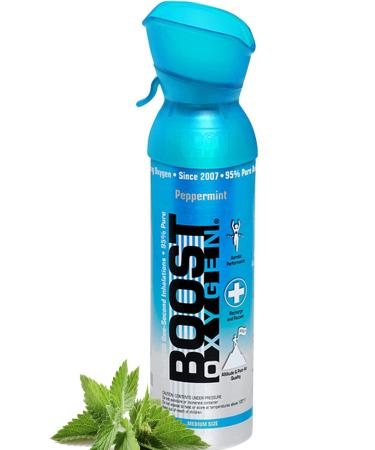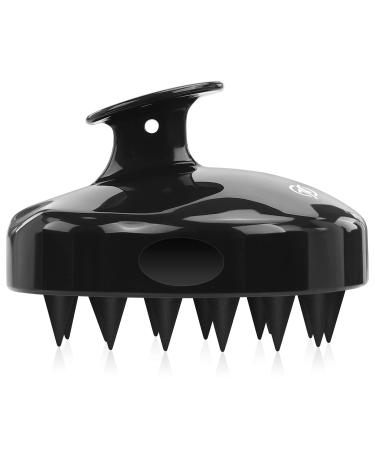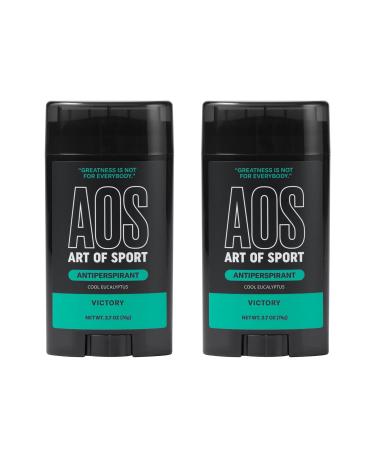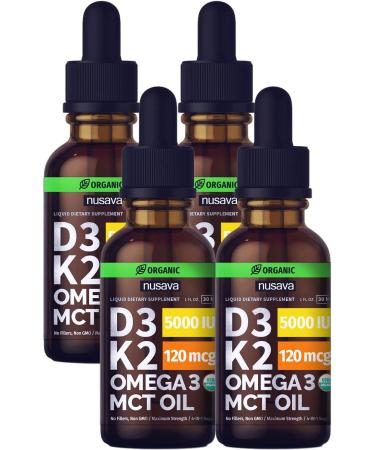Natto-Serra is a combination of two naturally occurring proteolytic enzymes that have been researched for decades: serrapeptase (technically serratiopeptidase) and nattokinase. Proteolytic enzymes, as the term implies, break down proteins.
Serrapeptase was first isolated from the non-pathogenic Serratia bacteria species strain E15 by Japanese researchers in 1966.1 Serratia E15 was discovered in the Japanese silkworm, which uses its serrapeptase enzyme activity to break down its cocoon walls.1, 2.
The serrapeptase in this formulation is in a matrix with SerratericTM, a superior alternative to enteric coating. SerratericTM protects the enzyme from inactivation by stomach acid, so that it can retain its activity until it reaches the intestine to become absorbed.
Nattokinase was discovered in the 1980s when Dr. Hiroyuki Sumi studied 173 kinds of natural foods in an attempt to find a suitable protease enzyme to support circulatory health.3 From this systematic search his research group discovered that a traditional Japanese fermented "vegetable cheese" called natto yielded an enzyme with a potency matched by none of the other enzymes they found. They named it nattokinase. Natto has been a part of the Japanese diet for over 1,000 years and has been used traditionally against fatigue and for cardiovascular health maintenance.4.
Benefits.
Promotes & Maintains Healthy Sinus and Airway Function*.
Supports Healthy Immune Response*.
The mucous membranes are a thin tissue layer or epithelium that lines the body's hollow structures (cavities) opening to the exterior, such as the upper respiratory system. They secrete a slightly viscous fluid called mucus, which is actually a complex viscoelastic gel that lubricates and moistens the cavity surfaces. As a part of normal, healthy physiology, mucus is the first line of defense in the nose and lungs to trap and filter inhaled dust, pollutants, and other potentially damaging agents. Proteolytic enzymes such as serrapeptase can break down inappropriate protein complexes in the mucus, thereby favorably influencing its properties and helping to support the healthy balance between adequate mucous viscosity/elasticity and airway comfort levels associated with the mucous membranes of the respiratory system.5-7.
Research with serrapeptase for maintenance of healthy sinus function began decades ago in Japan. Studies thus far indicate that serrapeptase is a safe and useful supplement to promote favorable viscosity of nasal and bronchial mucus. Two of the earliest human trials found that serrapeptase had favorable effects on upper airway viscosity.5, 6 In these assessments, mucus was collected from participants after a 4-week supplementation period and evaluated using an rheometer to determine its viscoelastic properties. The enzyme's action most likely involves the breakdown of mucus protein structures, consequently allowing the cilia (microscopic hairlike projections in the mucosal epithelium of the upper respiratory tract) to helpfully transport mucus in the airway.
Serrapeptase can also significantly affect sputum viscoelasticity.7, 8 In an investigation of forty individuals who were randomly assigned to one of five groups, six participants were given serrapeptase for one week. Sputum viscoelasticity was analyzed using a rheometer and researchers concluded that serrapeptase altered the "relaxation behavior" of sputum—meaning that serrapeptase helped support airway clearance.7.
In a subsequent larger double blind trial, 193 participants were randomized into two groups and were instructed to take either serrapeptase or placebo 3 times daily after meals for one week.9 After 4 days and at the end of the 7–8 day period, mucus secretion, airway freedom, and measures of immune response were significantly favorable in the serrapeptase group compared with the placebo group. A recent study in which the immune system of rats was challenged further confirms human data that serrapeptase can be used for supporting the immune system.10.
In a controlled and randomized open-label study of 29 subjects, researchers again observed the effects of serrapeptase supplementation on sputum. After 4 weeks, subjects taking serrapeptase had significantly less_x000D_
morning sputum with favorable viscoelasticity; furthermore, the serrapeptase group had fewer neutrophils in their sputum, signifying a more balanced immune response to maintain airway health.11.
Helps Maintain Blood Pressure Already in the Normal Range*.
Supports Healthy Circulation*.
The nattokinase in this formulation is proven from human and corroborative animal studies to support various aspects of the cardiovascular system. In a randomized, double blind, placebo-controlled trial, 86 men and women (ages 20–80) received one capsule per day for 8 weeks containing either nattokinase (at a dose of 2,000 fibrinolytic activity units) or placebo.12 This trial provided evidence that compared to placebo, nattokinase can significantly help to maintain a healthy blood pressure. Research in rats not only confirmed this effect and its potential mechanisms, but also demonstrated that nattokinase retained its protease activity after intestinal absorption.13.
Other types of research advance the notion nattokinase can help maintain circulatory and vascular health.14-16 In an early small human trial, both natto and nattokinase were administered (soybeans were used as a control), and various features of protease activity were measured in the bloodstream.3 The researchers concluded natto and nattokinase significantly improved certain physiologic markers, which taken together suggest it helps maintain healthy blood circulation. More recently, an in vitro study that analyzed other markers in blood drawn from healthy adults found that nattokinase produced a significant, dose-dependent effect that suggests practicality in helping with maintenance of healthy blood flow.4 These effects could be achieved using doses of nattokinase that produced blood concentrations similar to what was seen in animal studies with beneficial results.4, 17.
How To Use This Product.
Best Natto-Serra is a state of the art combination of two mutually supportive enzymes, both with proven potential to support respiratory, circulatory, and immune status when taken by mouth. For best results, take 1 to 3 veggie capsules of this high-potency, dual acting enzyme complex daily, not with meals.
This product is suitable for vegetarians, is GMO-free and gluten-free, but does contain soy. It is not intended for individuals allergic to soy, or for use by women who are pregnant or nursing. This product contains no vitamin K. If you have a blood coagulation disorder or are taking an anticoagulant (blood-thinning medication), consult a physician before taking this product.
* These statements have not been evaluated by the Food and Drug Administration. This product is not intended to diagnose, treat, cure, or prevent any disease.
Scientific References.
1. Miyata K, Maejima K, Tomoda K, Isono M. Agr Biol Chem 1970;34:310-318.
2. Mecikoglu M, Saygi B, Yildirim Y, others. J Bone Joint Surg Am 2006;88:1208-14.
3. Sumi H, Hamada H, Nakanishi K, Hiratani H. Acta Haematol 1990;84:139-43.
4. Pais E, Alexy T, Holsworth RE, Jr., Meiselman HJ. Clin Hemorheol Microcirc 2006;35:139-42.
5. Majima Y, Inagaki M, Hirata K, others. Arch Otorhinolaryngol 1988;244:355-9.
6. Majima Y, Hirata K, Takeuchi K, others. Am Rev Respir Dis 1990;141:79-83.
7. Shimura S, Okubo T, Maeda S, others. Biorheology 1983;20:677-83.
8. Kase Y, Seo H, Oyama Y, others. Arzneimittelforschung 1982;32:374-8.
9. Mazzone A, Catalani M, Costanzo M, others. J Int Med Res 1990;18:379-88.
10. Jadav SP, Patel NH, Shah TG, others. J Pharmacol Pharmacother 2010;1:116-7.
11. Nakamura S, Hashimoto Y, Mikami M, others. Respirology 2003;8:316-20.
12. Kim JY, Gum SN, Paik JK, others. Hypertens Res 2008;31:1583-8.
13. Fujita M, Ohnishi K, Takaoka S, others. Biol Pharm Bull 2011;34:1696-701.
14. Suzuki Y, Kondo K, Matsumoto Y, others. Life Sci 2003;73:1289-98.
15. Suzuki Y, Kondo K, Ichise H, others. Nutrition 2003;19:261-4.
16. Urano T, Ihara H, Umemura K, others. J Biol Chem 2001;276:24690-6.
17. Fujita M, Hong K, Ito Y, others. Biol Pharm Bull 1995;18:1387-91.




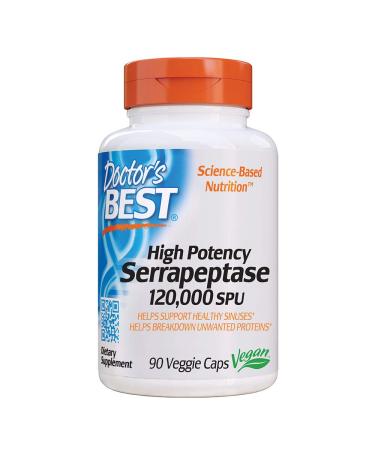
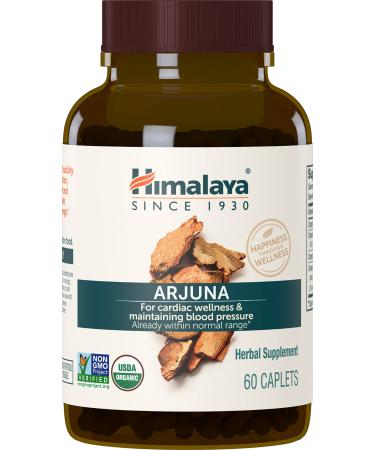



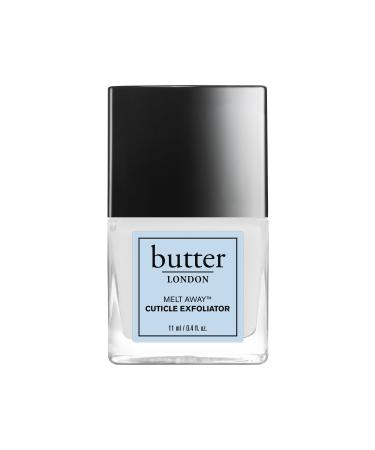
![Stewart Freeze Dried Dog Treats Made in USA [Single Ingredient Puppy and Dog Training Treats - Grain Free Natural Dog Treats] Resealable Tub to Preserve Freshness](https://www.gosupps.com/media/catalog/product/cache/25/small_image/375x450/9df78eab33525d08d6e5fb8d27136e95/6/1/61gwbbixarl._ac_sl1500_.jpg)
